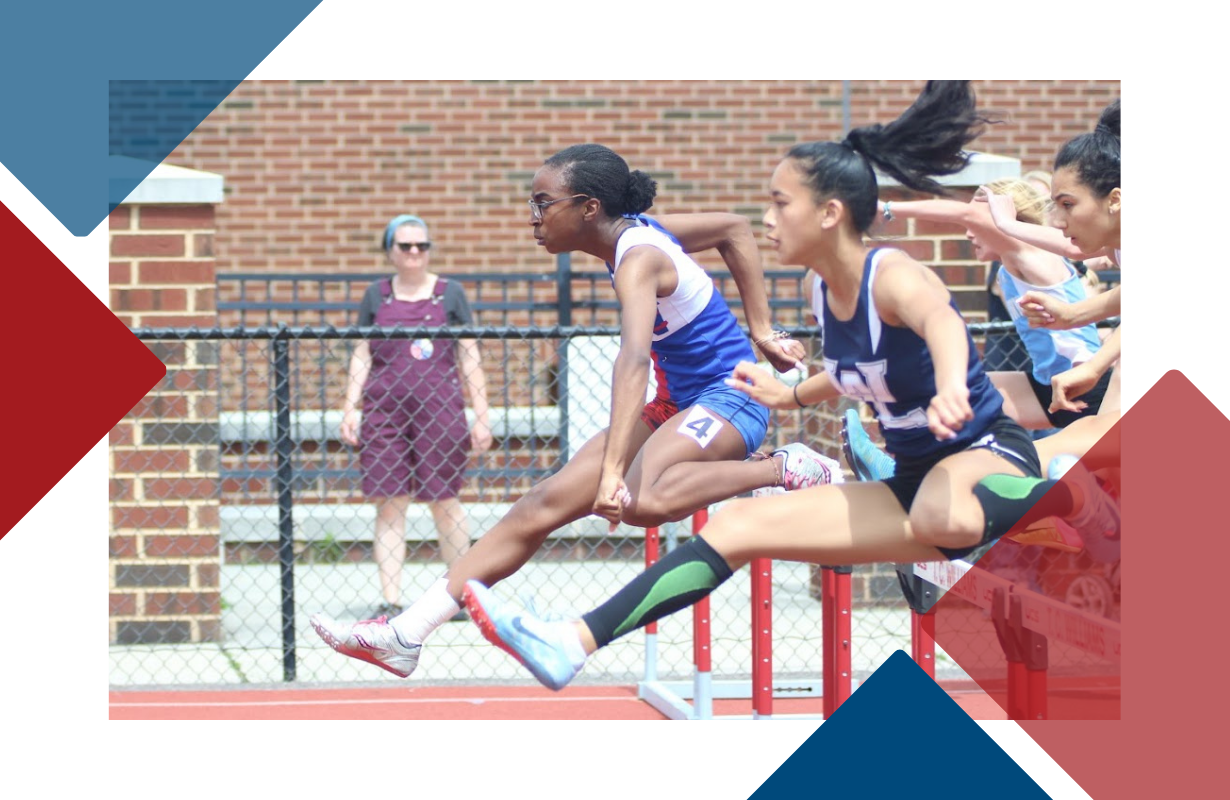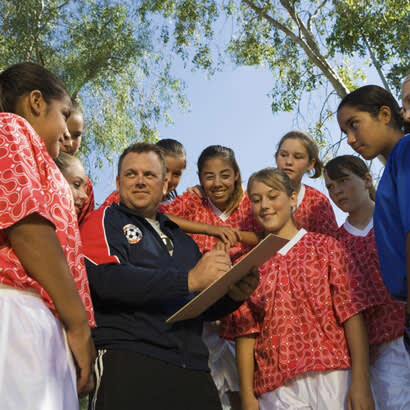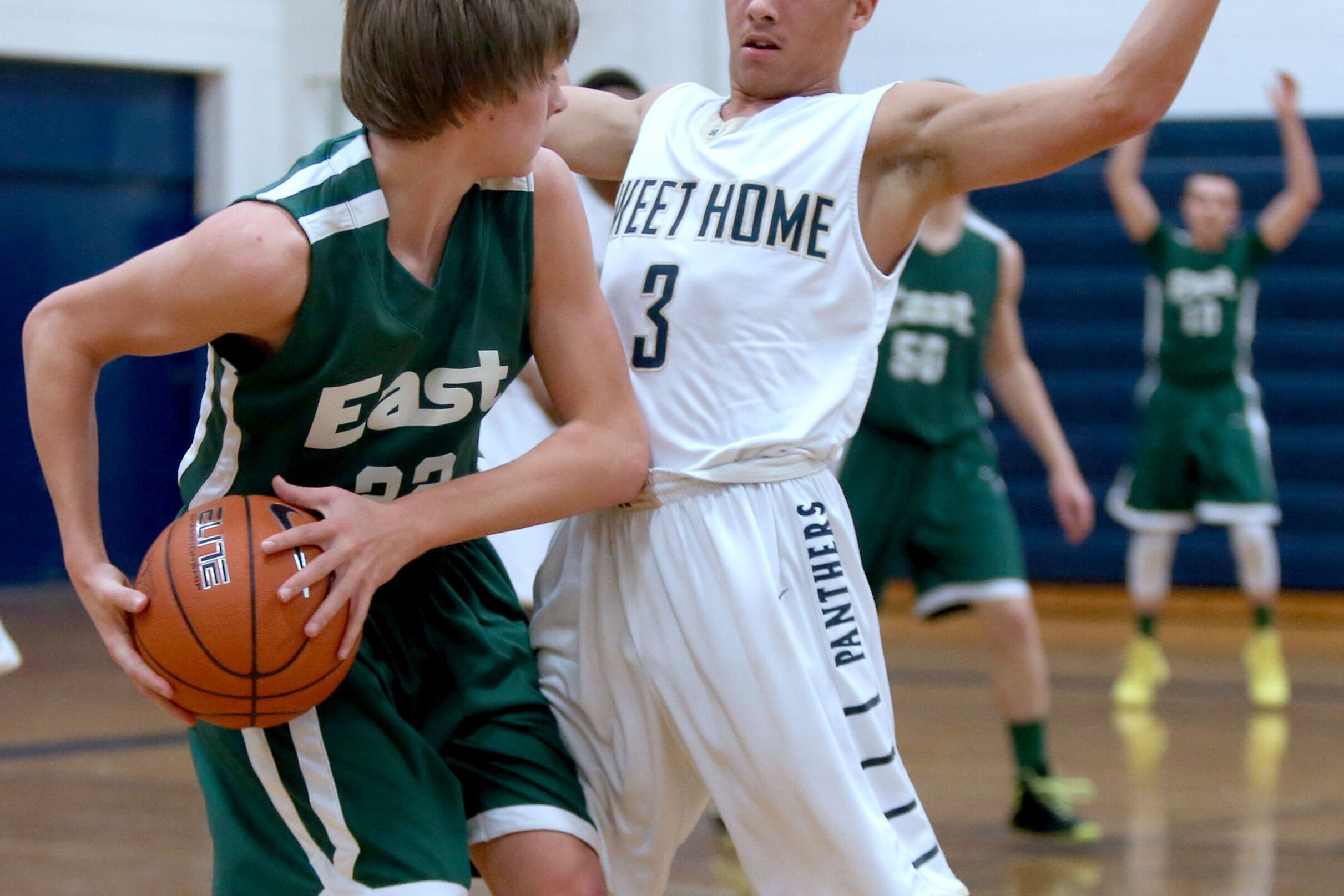Bryan Morton is on the phone while driving 80 miles from Camden, New Jersey to a farm in Lancaster, Pennsylvania, to buy fresh produce and meat. Camden doesn’t have any big-box supermarkets. The smaller grocery stores are starting to run out of food due to the supply chain impacted by the coronavirus pandemic.
Many Camden local leaders are making sure food banks are available for those in need in a city where the average household income is $27,000. Still, Morton says, food could get difficult as citizens return to the grocery stores soon two weeks after their last trip and find bare stores.
“Are there going to be quality food supplies, not just spaghetti and canned foods?” says Morton, executive director of Parents for Great Camden Schools and founder of the North Camden Little League baseball and softball organization. “And for those who can’t get out of the city and normally depend on getting to Cherry Hill (a nearby suburb), now they’re competing for food against those communities that are more economically sufficient. It’s like states competing vs. the federal government for FEMA supplies.”
Lack of food is a concern across the country. While many middle-class and upper-income parents and youth are experiencing no sports for the first time, low-income families have different challenges for kids to be physically active during the coronavirus pandemic and once it ends.
Low-income parents are sometimes working unsafe jobs and don’t have sick time. Kids are home alone while parents still work jobs to put food on the table. So, when coaches and sports-based youth development programs are no longer available, these youth get hit the hardest.
click to expand
“They’re the invisible voice in all of this that the media don’t cover,” said Dev Pathik, CEO of Sports Facilities Advisory and Sports Facilities Management. “They’re most in need of healthy activity, teams, good interactions with friends and all the nutrients that sport provides the soul. Now those kids of greater need absolutely aren’t getting access to sport. There will be lasting impacts for them.”
Even during normal times, youth ages 6-18 from low-income homes quit sports because of the financial costs at six times the rate of kids from high-income homes, according to a survey by the Aspen Institute and Utah State University. Low-income parents are two times more likely to cite time constraints as why their child quit sports than wealthy parents. This speaks to family responsibilities, such as caring for siblings or earning money from a job, and transportation challenges to attend practices and games.
Now, in this unprecedented time, many youth are losing their support system from sports. And they’re losing sports at the moment they most need it.
In Seattle, Mel Clark is distraught about low-income youth losing social connection and physical activity from her DiscNW ultimate frisbee organization, which is shut down for the foreseeable future. Ultimate frisbee is the third-most popular sport for youth in King County, Washington, according to the Aspen Institute’s State of Play Seattle-King County report in partnership with the University of Washington and King County Parks.
About 1,800 youth received financial assistance last year to play for DiscNW, which is celebrating its 25th year of existence. Many DiscNW youth receive free and reduced lunches at schools. Clark wants to start emergency fundraising for these children, but she can’t until DiscNW becomes stabilized financially with its $1.4 million annual budget.
“We know those families are worried about food and paying rent, and all of our staff are very much hurting for those kids.”
Two of six full-time staff members were laid off. Clark plans to dramatically reduce her hours as executive director. Internet software services have been cut. Insurance policies are being renegotiated. Refunds are looming for the vast majority of spring season fees. Up to 80 counselors are expected for summer programming, but if there is no summer programming, Clark says she will likely draw down DiscNW to almost no staff.
“The organization can become more heavily volunteer when we come back,” Clark says. “While it will be more chaotic, ultimate will be strong and grow. The deeper impact is programs we worked hard to build in economically disadvantaged communities. It’s a safe space where kids can feel like they belong, and there’s so much disconnect for those programs right now.”
As staff get laid off and perhaps take other jobs, institutional knowledge and relationships may be lost. Clark is currently trying to reach into those communities to develop more volunteers until regular staffing levels return.
“We know those families are worried about food and paying rent, and all of our staff are very much hurting for those kids,” Clark says. “Seattle is already experiencing some shift with people unable to live in the city, and this is only going to add to those pressures. There will be deeply-connected families who will move to schools that don’t have a ultimate team, and youth coaches are going to be disenfranchised. It’s going to add up. Some of these disruptions are going to remain permanent and we won’t see the same number of coaches and teams.”
In Columbus, Ohio, the city’s recreation and parks administrative coordinator is already strategizing about how to engage low-income youth when sports return. There are many unknowns about what’s next, but Jack Castle knows this for certain: He must provide free programming to get kids to return.
“We have to offer some type of clinic or special event for low-income kids to get them involved, instead of just bringing back traditional leagues that may not be as attractive to them,” Castle says. “Maybe it’s a free NFL Punt, Pass and Kick competition. Maybe it’s every Tuesday and Thursday in community centers we’re playing free flag football, so come and play.”
Yet free programming runs counter to Castle’s biggest worry: the 2021 budget. The recreation and parks department received $2.6 million this year from the city – with 84% of that money going toward labor. Castle is operating $42 million worth of athletic facilities with three full-time and six part-time employees.
“With all the businesses being down, there’s no revenue and taxes being paid, and the city won’t have the protected income they’re expecting to have, so we won’t be able to set budgets late in the year,” Castle says. “Recreational programming might not be viewed as a need compared to other areas. If God forbid there are layoffs, it won’t be for police or firefighters or health workers, nor should there be. It could be us. That’s a major concern.”
It’s already happening in some cities, even where exemplary programs are in place. Appleton, Wisconsin revamped its recreation programming in a manner that was more child- and family-centric, growing participation in recent years and earning recognition as a Project Play Champion. Now, staff there is being laid off.
The need to contain the coronavirus among the homeless population is also emerging as a factor. In Los Angeles, some recreation centers have been turned into homeless shelters, supported by park and rec employees used to helping a less challenged population. Mayor Eric Garcetti’s plan is to convert 42 rec centers. It meets a public need, but it is unclear when or if they will return to their original function, now that the homeless have a place to sleep.
Like elsewhere, kids in Camden, New Jersey, have expressed strong interest to play sports. Morton, who coaches and organizes baseball and softball teams, is keeping the hope up of youth by reminding them that their season isn’t until June to August. Their initial happiness that school was out has turned into a disappointing realization: sports are gone, too.
“You have to watch for their mental health in isolation and how they’re receiving this information,” Morton says. “Are they vulnerable? Can they be facilitators of the virus? What are responsible ways they should be acting? So much has been sent home to youth and parents about educating at home. I don’t think enough has been put out there about the physical and mental health of the youth population.”
Morton sent out to his teams a video from the Cal Ripken Foundation that challenges kids to do planks. His players are asked to send a video back showing how long they can hold a plank. Morton says more videos are needed.
Elsewhere in Camden, James Gaddy created virtual yoga classes for his Project Little Warriors, a non-profit that aims to bring mindfulness and self-love to youth through yoga and fitness. Until now, these classes were always in school settings. With school closed, Gaddy is holding free sessions on Instagram four days a week.
Only 60% of Camden households have a broadband internet subscription, compared to around 90% in the nearby Philadelphia and New Jersey suburbs, according to census data. Given that lack of access, Gaddy made the videos available on Instagram so youth can use their mobile devices (if they have one) to access resources.
“They’re the invisible voice in all of this that the media don’t cover. They’re most in need of healthy activity, teams, good interactions with friends and all the nutrients that sport provides the soul. Now those kids of greater need absolutely aren’t getting access to sport. There will be lasting impacts for them.”
Gaddy is also working with Camden schools, many of which informed parents about free internet access while schools are closed. Schools are working to provide Chromebooks to students to access remote learning.
“When the reality of the situation set in, we realized we would not be able to connect with our Little Warriors,” Gaddy says. “We have always felt a calling to help and have seen many of the positive benefits that yoga and mindfulness has had for our students. We wanted to remain connected, so we decided to pivot.”
Inner-city residents may not stay inside for long
The challenge for low-income youth in urban settings during this period is particularly difficult, says Jimmy Lynch, who is executive director of athletics at the School District of Philadelphia and studies urban school districts around the U.S. While many areas of the country can still encourage youth to go outside to exercise, take a walk, or engage in free play, most inner cities don’t have those conditions. Lynch says lack of space, concerns for safety, or the impact of social distancing can prevent youth from going outside.
“We need creativity and ingenuity to focus on developing ways to stay active in light of social distancing measures,” he says. “Push-ups, sit-ups, and calf workouts can soon become a way to create a routine and allow for continued focus on healthy lifestyles. You can even use steps on your front porch to do exercises.”
When the pandemic ends, Morton expects participation in his baseball and softball leagues to increase by 10% to 15% because so many youth will have been cooped up inside for so long. But he isn’t sure how long Camden residents will stay patient inside and follow guidelines.
“Parents want their kids moving,” he says. “They respect what’s going on, but at some point, we have to return to life and can’t live in bubbles forever. So how do we start thinking about that and planning for it? How do we make sure these parks have signs up about responsible hygiene or hand sanitizer stations or making sure the equipment is all sanitized?”
Morton says he is contemplating how, by the end of April, to follow state guidelines and perhaps gather groups of youth to spread out on baseball and softball fields for instructions. This idea currently runs counter to what medical experts have said is needed to reduce the number of coronavirus cases across the country, at least through April 30. New Jersey Gov. Phil Murphy’s “stay at home” order bans public gatherings and closes nonessential businesses. Violations are punishable by a prison term of up to six months, a fine of up to $1,000, or both.
“Either we do it, or people will take the initiative on themselves,” Morton says. “I have no doubt in my mind that by the end of April, people will start gathering back in parks. There are going to be hotspots.”
At some point, youth sports will return. When they do, Morton says, the challenges will remain the same for low-income communities as they were before the pandemic – the quality and costs of programming. “That’s why you see certain neighborhood leagues thriving and others not thriving,” he says. “How can we make sure certain programs in low-income communities are being supported with a level of consistency? Just having a program isn’t necessarily access.”
Wayne Moss, National Council of Youth Sports executive director, says youth from low-income and under-resourced communities likely will be disproportionately affected. But he also thinks middle-income families could be affected given layoffs and new thoughts on what constitutes essential expenses.
“It all depends on how quickly things get stabilized,” Moss says. “It will take all of us in a variety of spaces to come together – non-profit, government, education, business – to have youth sports rebound.”
As it is now, kids from lower-income homes are more than three times as likely to be physically inactive as those in the wealthiest homes. Pathik, the CEO of Sports Facilities Advisory and Sports Facilities Management, says the gap by income doesn’t necessarily have to keep widening once games are played again.
“Do we start proactively brainstorming ideas and a campaign now around the rebound for all children?” Pathik says. “You saw the importance of music and what the industry did (through the iHeart Living Room Concert for America). To be a voice for the importance of sports seems like something every organization can do a better job of right now.”
Do you have a topic that you would like Project Play to explore in future COVID-19 youth sports coverage? Email Jon Solomon at jon.solomon@aspeninstitute.org.

























